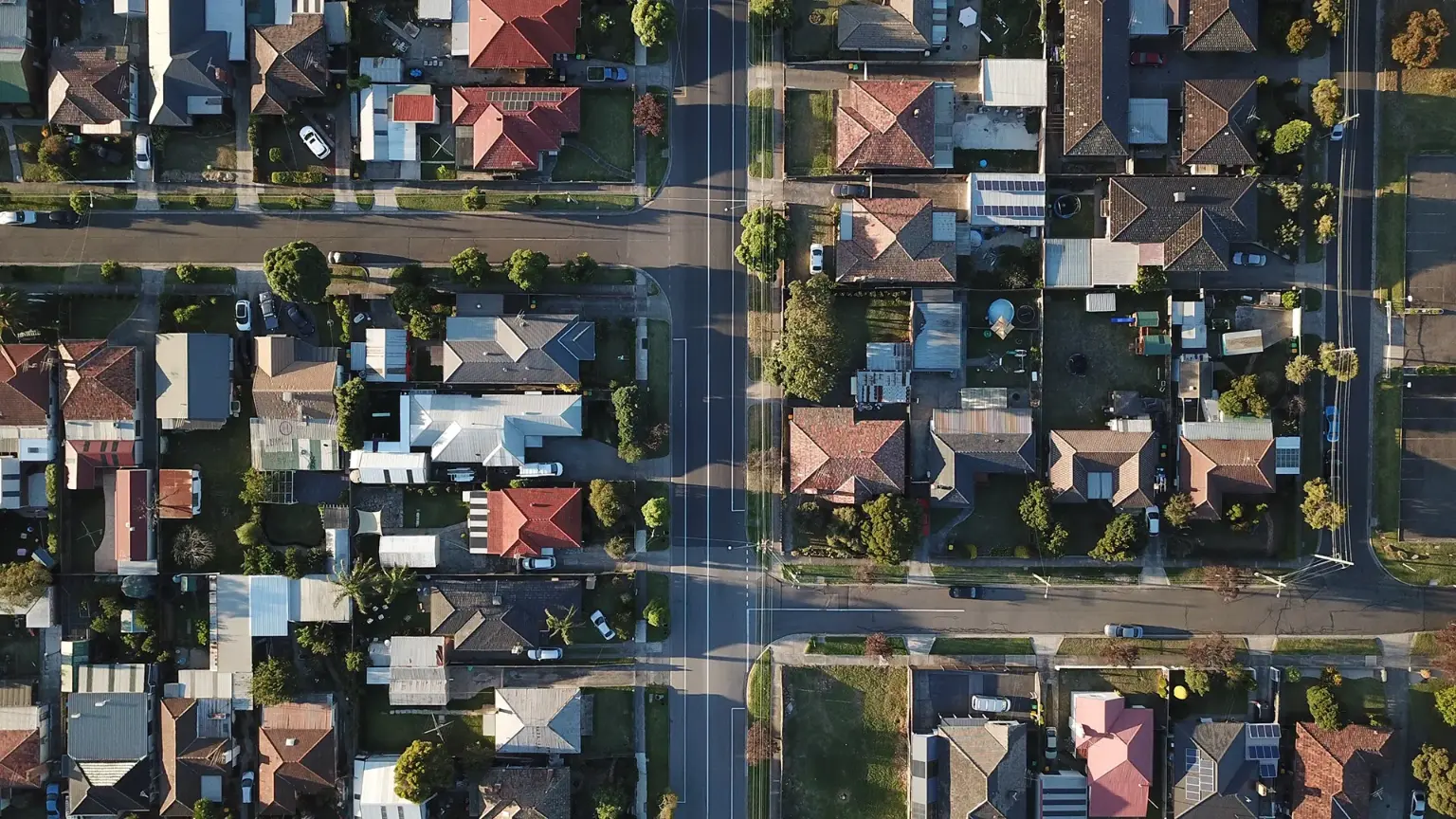Successful property investment hinges on choosing the right suburb to maximise your profit. Understanding how to spot growth areas is crucial for a strong investment portfolio. Here are some strategies to help you identify promising growth suburbs.
Property investment is inherently uncertain. There’s no guaranteed formula for making the perfect investment due to the many fluctuating factors, such as the economy, government spending, and the property cycle. Each suburb and neighbourhood has unique attributes and drawbacks that affect supply and demand.
To improve your chances of making a smart investment, consider adopting a capital growth strategy. This involves purchasing properties in suburbs with growth potential to achieve long-term gains. Choosing the right location requires thorough research, as uninformed decisions can lead to significant losses if the suburb underperforms.
Essential Tips for Finding Growth Suburbs
Data Considerations
When evaluating potential growth suburbs, it’s crucial to analyse 12-month and 10-year capital growth rates and vacancy rates. These metrics provide insights into the long-term viability and stability of an area, aiding in more informed investment decisions.
Evaluate Supply and Demand
A suburb with strong sales performance isn’t always a safe bet. Assess the level of construction in the area. Extensive new developments might lead to an oversupply, causing prices and yields to fall. Conversely, rising rental yields indicate low supply and increasing demand. A growing population also suggests a strain on available property stock, driving up demand.
Analyse Sales Data
Utilise reputable sources to access data on the sales performance of suburbs over several years. This information helps you understand the suburb’s growth cycle—whether it’s peaking, bottoming out, or nearing a boom. Look for trends in market performance over the past 1, 3, and 5 years.
Investigate Government Plans
Government projects and amenities significantly enhance a suburb’s value. Stay informed about infrastructure developments like new public transport, shopping centres, and other amenities. These improvements can increase a property’s appeal to potential tenants.
Avoid Areas at Their Peak
When investing for growth, focus on the long-term potential rather than current trends. Suburbs that are currently booming may not offer the best investment opportunities because prices are already high, and returns are slowing. Consider nearby, more affordable options that could benefit from a ripple effect, allowing you to capitalise on future growth.
Spot Gentrifying Suburbs
Suburbs attracting working professionals and experiencing revitalisation can be promising investment areas. Look for signs of gentrification, such as new renovations, rising property prices over the last 2-3 years, and an influx of young, financially stable buyers. A growing local restaurant and café scene is another indicator of potential growth.
Choosing the right growth suburb for property investment involves careful research and strategic planning. By evaluating supply and demand, analysing sales data, investigating government plans, avoiding peak areas, and spotting gentrifying suburbs, you can increase your chances of a successful investment. Additionally, considering long-term capital growth and vacancy rates is essential for sound decision-making.
For more insights and detailed property data, visit www.ausinvestmentproperties.com.au
Photo by Stanford Smith on Unsplash

_1760408926gJ50A-card.jpg)

_1758680457EfP8W-card.png)
_1754959266HOub5-card.png)
_1752115352WpaHL-card.jpg)
_1751940993PbDjZ-card.jpg)

_1764731815HUFUX.jpg)
_1764211036lHsm6.png)
_1762916285NoFl4.jpg)
_17623130443GJfk.jpg)
_1760408926gJ50A.jpg)
_17598783571Kaml.jpg)



